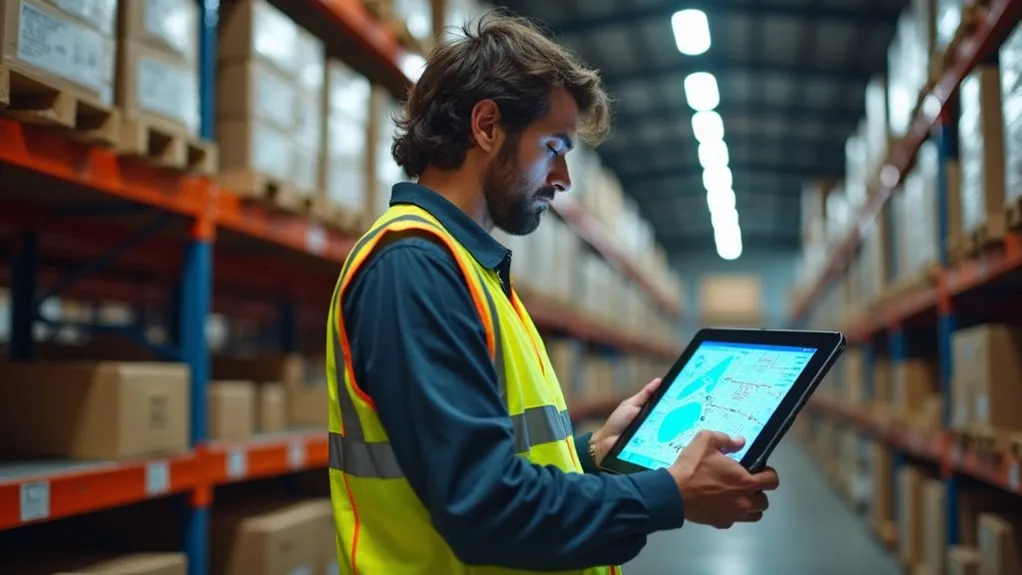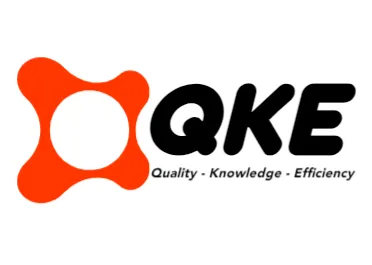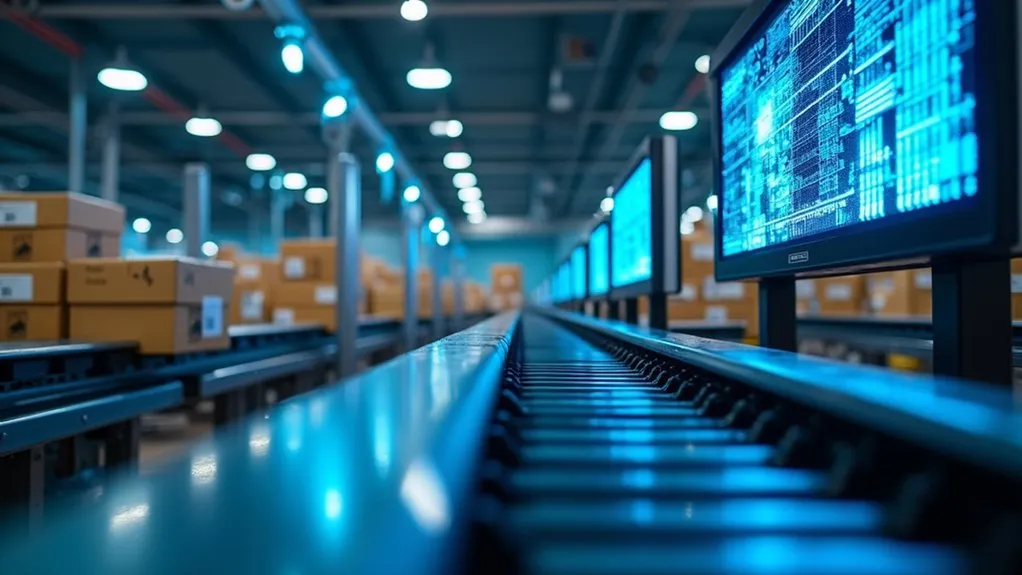Track and trace solutions are advanced systems that monitor product movement across supply chains with precision. They employ unique identifiers like barcodes or RFID for accurate tracking. Real-time data capture occurs via scanners and sensors, while serialization and aggregation ensure individual unit and container traceability. Data is securely stored in cloud or blockchain systems for transparency. These mechanisms enhance efficiency and compliance. Exploring further reveals deeper insights into their transformative impact on industries.
Key Takeaways
- Track and trace solutions monitor product movement across supply chains for visibility.
- They use unique identifiers like barcodes or RFID for tracking items.
- Data is captured in real-time using scanners and sensors for accuracy.
- Serialization and aggregation link individual units to containers for traceability.
- Cloud and blockchain store data securely for transparency and compliance.
Understanding Track and Trace Solutions

Track and trace solutions are sophisticated systems designed to monitor the forward movement of products through the supply chain while enabling the backward tracing of their history and origin. These systems ensure end-to-end visibility, leveraging unique identifiers like barcodes or RFID tags to provide transparency and safeguard products against counterfeiting or theft. Their core purpose lies in enhancing efficiency, ensuring regulatory compliance, and building trust across industries such as pharmaceuticals, food, and logistics.
The Historical Development of these solutions traces back to basic inventory logs, evolving with technology into automated, data-driven platforms. Modern systems integrate IoT and cloud technologies for real-time insights. Additionally, these solutions often rely on globally unique identifiers as recognized by standards like ISO/IEC 15459 to ensure consistency across global supply chains. Looking ahead, Future Prospects indicate a shift toward advanced analytics, AI, and blockchain for heightened security and predictive capabilities. As supply chains grow more complex, these solutions will remain pivotal in addressing transparency demands and operational challenges across global markets.
Key Mechanisms Behind Tracking and Tracing
Sophisticated track and trace systems rely on a series of interconnected mechanisms to ensure precise monitoring and verification of products across supply chains. Core to this process is unique identification, utilizing technologies like barcodes and RFID Integration, which enable real-time data capture through radio waves for accurate location and condition tracking. Serialization assigns distinct IDs to individual units, while Aggregation Techniques establish hierarchical relationships between units and containers, streamlining verification via parent-child data links.
Data capture employs scanners and IoT sensors for real-time insights, stored in secure, centralized databases or blockchain for integrity. Communication systems transmit this data, supporting analytical reporting for stakeholders. Below is a technical overview of key mechanisms:
| Mechanism | Technology | Function |
|---|---|---|
| Identification | RFID, Barcodes | Unique product tracking |
| Data Capture | Scanners, Sensors | Real-time data collection |
| Serialization | Unique IDs | Individual unit traceability |
| Aggregation | Parent-Child Links | Container content mapping |
| Data Storage | Cloud, Blockchain | Secure, immutable records |
Benefits and Challenges of Implementation

Having explored the foundational mechanisms of tracking and tracing, the focus now shifts to evaluating the tangible outcomes and hurdles associated with their deployment. Track and trace solutions offer significant benefits, including enhanced operational efficiency through automation, real-time data for bottleneck identification, and optimized transportation routes. These systems drive Cost Savings by reducing losses from theft or damage, minimizing excess inventory, and improving productivity across supply chains. Additionally, they bolster compliance, security, and product quality with verifiable data and monitoring capabilities.
However, implementation presents notable challenges. High initial and ongoing costs for hardware, software, and training strain resources, particularly for smaller enterprises. Integration Hurdles arise when aligning new systems with existing ERP or legacy platforms, often complicated by data migration and customization needs. Connectivity issues and hardware limitations further impede seamless adoption, requiring meticulous planning to ensure technical reliability and operational continuity.

 Tiếng Việt
Tiếng Việt 日本語
日本語 中文 (中国)
中文 (中国) 한국어
한국어
